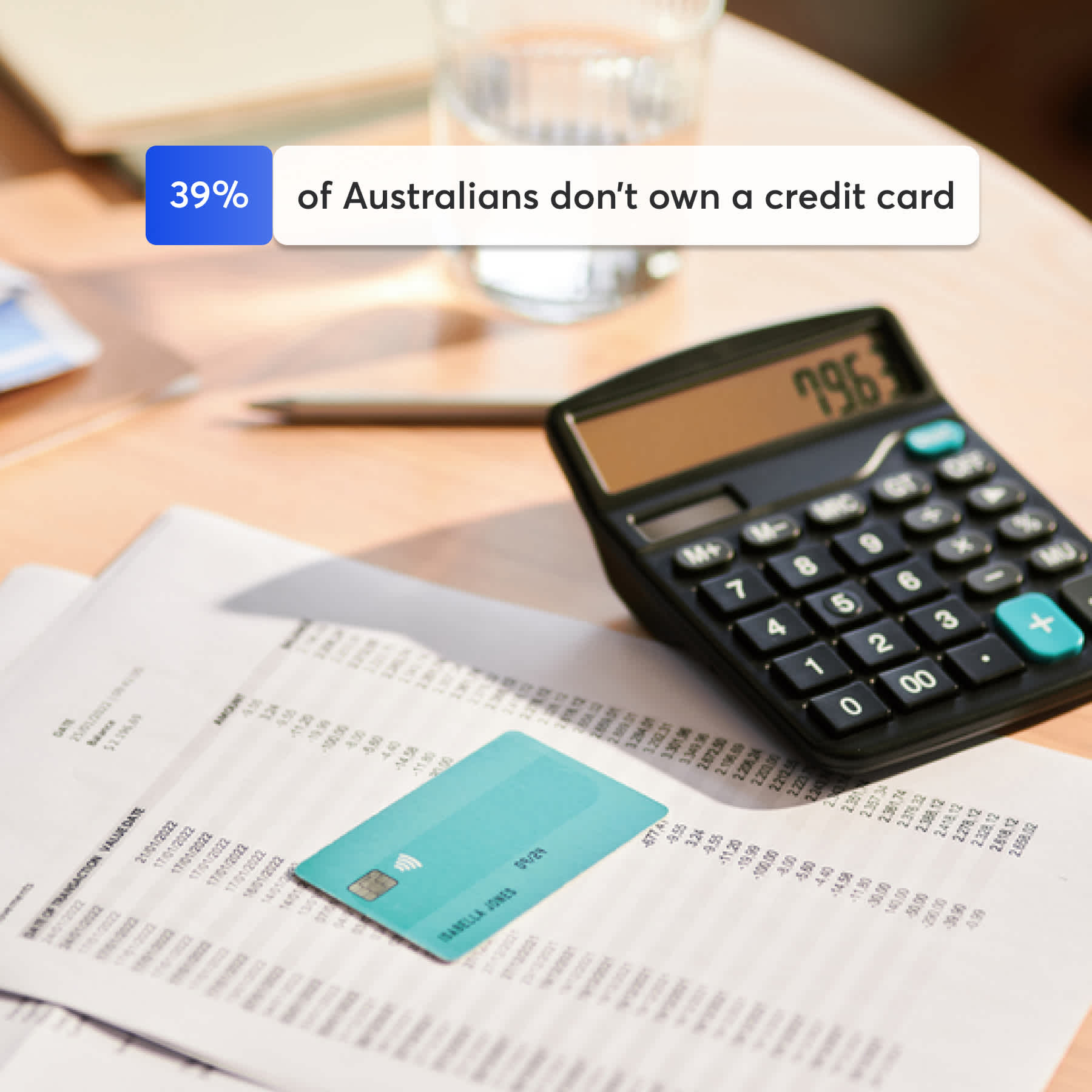What Will PayTo and the Rise of Account-to-Account Payments Mean for Credit?

Last editedDec 20223 min read
The A2A revolution is here. Account-to-account payments, fuelled by platforms like PayTo, are set to change the Australian payments landscape in a way not seen before.
As new technologies emerge and payment methods begin to evolve, many experts and research firms have claimed if account-to-account payments are to prevail, other forms of payment, such as credit, will be put in jeopardy. This is what McKinsey & Co claim, at least, in a recent Global Payments Report. But could the rise of alternative payments such as account-to-account really unseat credit as a dominant payment method? To get our answer, we first need to understand the difference between account-to-account and credit payments.
Account-to-account payments (A2A) move funds directly between accounts without the need for additional intermediaries or payment instruments, and in Australia, the current standard for these payments is direct debit or self-banking transfers. These payments are commonly used for regular or recurring charges, such as bill or subscription payments, or for consumers, to pay a friend back for dinner for example. Although this form of payment is accepted as the standard, there are some drawbacks which, at times, means credit must be used as a fallback. The most prohibitive of these include the length of time it takes for a transaction to be processed and communicated, which means the other business or party must wait to access and use their funds.
Account-to-account payments are evolving, and in 2022 this form of payment is getting a makeover with the rollout of PayTo later in the year. Developed in partnership by the New Payments Platform (NPP) and the financial services industry, PayTo is a new, digital, and mandated way for merchants and businesses to initiate instant pull payments from customer bank accounts.
PayTo goes beyond the capabilities of direct debit by enabling the linking of bank accounts for in-app purchases, account-on-file arrangements for recurring bills, subscription services, memberships and funding for digital wallets and other payment options including buy-now-pay-later services. For businesses, benefits of the platform include real-time account validation, API supported infrastructure, real-time funds verification and payment confirmation, secure data storage for reconciliation, updates to account changes, and the enablement of third parties to conduct payments on a businesses’ behalf.
The platform’s infrastructure was developed with future use cases in mind and is intended to become a foundational technology that provides a springboard for future innovation. This includes instant payments for subscriptions, BNPL (Buy Now, Pay Later) installments and instant verification for services like digital streaming.
Credit payments, on the other hand, are widely used and accepted. The benefits of using credit as a payment method include quick payment to business and ease of access, due to instant payment confirmation (as opposed to lengthy pay-out time frames). This makes sense considering credit has been a dominant form of payment for years, and as such has many providers in the space. Negatives include high transaction fees, increased risk of fraud and some of the highest payment failure rates out of currently available payment methods.
So are we facing a credit-less future thanks to evolved account-to-account payment infrastructure? Not necessarily, but at GoCardless, we believe we can help reduce reliance on credit cards and break the cycle of debt often associated with them.

Since 2017, credit card penetration has been dropping with 39% of Australians now without a credit card. On the merchant side, $5 billion was spent on card fees in 2020 and $2.5 billion has been lost to fraud in the last five years.
Account-to-account payments, fuelled by platforms like PayTo, will become more mainstream due to associated costs, compliance, cash flow and security benefits for merchants and seamless UX for customers.
But credit will still have a place. Some people don’t like to swap out their traditional methods of payment for new ones, and credit has other benefits, especially in terms of fund availability. As such, those who lack stability around their bank balance will likely continue to take advantage of the ability to cover costs now and pay them back later, despite the interest that may be accrued.
For merchants, the best practice is to offer customers access to the way they like to pay. In a recent GoCardless and YouGov research piece, we found that across use cases and countries, bank debit consistently ranked in the top three preferred payments, particularly for digital subscriptions.
Around a quarter of Australians consider credit cards as their least favourite payment method, and age plays a factor too. Millennials (aged between 25 and 40) and Generation Z (aged between 18 and 24) tend to prefer debit, while older generations tend to prefer credit. On average, Millennial and Gen Z consumers have 14% fewer credit cards than adults over the age of 35.
You can read more about consumer payment preferences in our report here.
Although transitioning to new ways of doing things can be hard, once individuals and merchants realize the advantage of account-to-account payments, especially the unrivalled reach that covers any individual with a bank account, it will only be a matter of time until it takes its place among (and beings to replace) dominant payment methods.
Join GoCardless' PayTo University
We've launched PayTo University, a free education platform that will guide you through everything you need to know about PayTo and how your business can use it to enhance your existing payments strategy. Start learning today by visiting our University.
